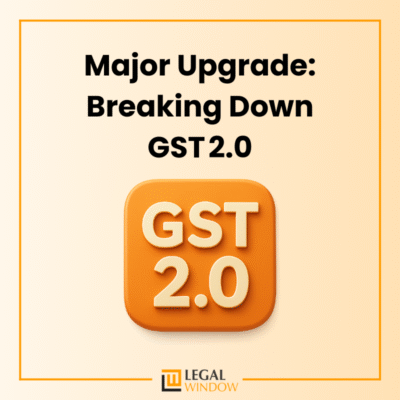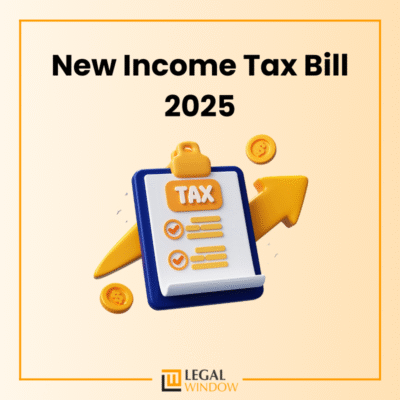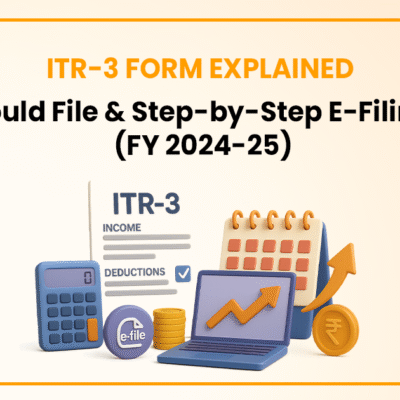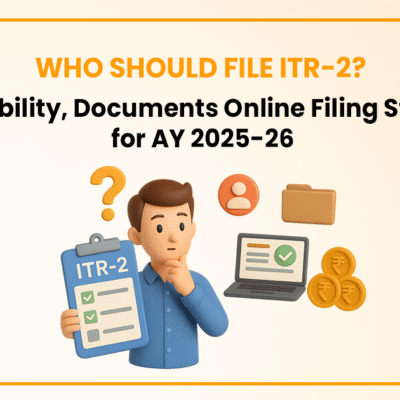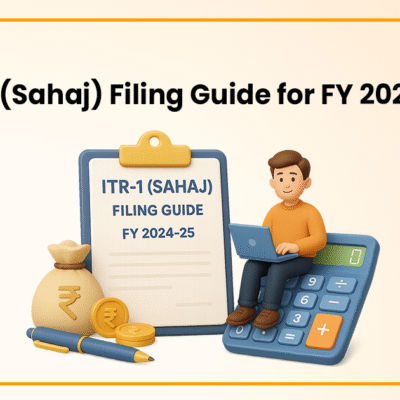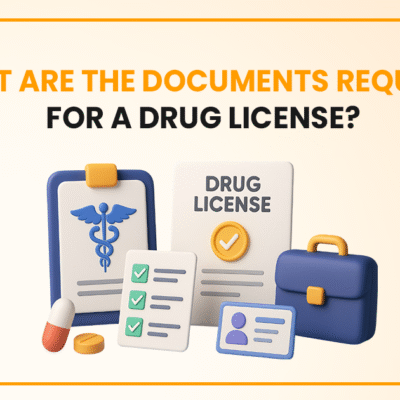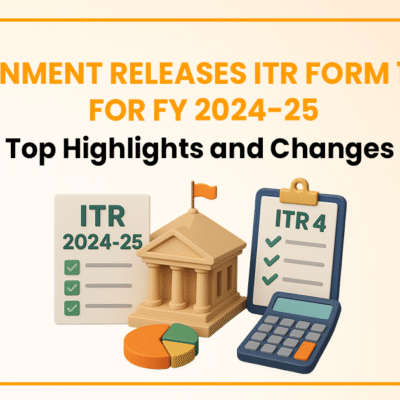 On August 7, the RBI announced the creation of an expert committee with KV Kamath as its chairman, with the mission of recommending the necessary financial parameters and sector-specific benchmark ranges for such parameters to be taken into account in resolution plans under the "Resolution Framework for Covid19-related Stress."
On August 7, the RBI announced the creation of an expert committee with KV Kamath as its chairman, with the mission of recommending the necessary financial parameters and sector-specific benchmark ranges for such parameters to be taken into account in resolution plans under the "Resolution Framework for Covid19-related Stress."
| Table Content |
Historical Background
The Reserve Bank of India (RBI) on August 6, 2020, launched Resolution Framework for COVID-19 Related Stress ('ResFraCoRS'), a specific window for the resolution of assets experiencing stress owing to COVID-19 disruption. This was done as part of steps to fight the impact of COVID-19 on the economy. In addition to the June 7, 2019-issued Prudential Framework for Resolution of Stressed Assets, this exceptional timeframe was added (FRESA). In a separate article titled "Prudential Framework for Resolution of Stressed Assets: New Dispensation for dealing with NPAs," we already examined FRESA. An expert committee was tasked under the ResFraCoRS notice (the "Framework") to identify appropriate parameters, provide sector-specific parameters, suggest financial and non-financial criteria be included in the Resolution Plan (RP) and vet the RP as discussed above.
Additionally, the ResFraCoRS announcement mandates that the expert committee review any RP having a value of Rs. 1500 crores or greater. The expert committee's recommendations were presented to the RBI on September 4, 2020, and on September 7, 2020, the RBI published a follow-up circular that must be followed in addition to and as a component of the ResFraCoRS. Based on the aforementioned circulars released by the RBI, Legal Window has compiled a list of frequently asked questions (FAQs) on the Resolution Framework for Covid-19 Related Stress hereunder. Additionally, on October 14, 2020, the RBI published FAQs pertaining to the aforementioned plan. After taking into account the explanations offered by the RBI in its FAQs, the following FAQs have been modified.
FAQs on Resolution Framework for Covid-19 Related Stress
The following are the FAQs on Resolution Framework for Covid-19 Related Stress:
- Question 1: Why should I be looking at the regulatory framework if loan modification or restructuring is a consensual arrangement between the lender and the borrower?
It is true that the borrower and the lender have a joint contract when a loan is modified. The Prudential Guidelines provide, however, that a facility is treated as a non-performing facility if it is restructured in order to prevent a credit weakness. The need that assets be immediately categorised as substandard upon restructuring is a typical aspect of prudential legislation. Therefore, if a restructuring is carried out without following the legal framework, the facility will be considered non-performing right away.
- Question 2: Which party benefits—the lender, the borrower, or both—from the loan modification?
Loan servicing requirements are reorganised through a loan modification so that the borrower may continue to make payments. The borrower could be unable to comply if the loan terms are not tied to the borrower's cash flows. A non-performing borrower quickly begins to be subject to the loan facility's punitive terms, further escalating their non-performance. Eventually, the issue becomes unsolvable and may lead to insolvency or persistent default. Chronic defaults result in high costs for the borrower and a backlog on the lender's books, which eventually leads to a weak economy.
- Question 3: What types of lenders must the ResFraCoRS apply to?
All banks, NBFCs, HFCs, AIFIs, etc. that have provided qualifying borrowers with loans are subject to ResFraCoRS.
- Question 4: Are all NBFCs regarded as suitable lenders for this Framework's purposes?
Only NBFCs that take deposits and are systemically important were targeted by the FRESA. However, all NBFCs must use the ResFraCoRS, a unique window designed to handle COVID-related interruptions. In contrast to FRESA, the ResFraCoRS also handles personal loans, and NBFCs are a significant source of personal loans.
- Question 5: Who will qualify as borrowers?
The following qualifications must be met by borrowers:
- The borrower/loan account shouldn't be included in the list of non-eligible exposures/loans offered in the ResFraCoRS notice;
- If personal loans are resolved, as of March 1, 2020, the Loan Account should be:
-
- categorised as "standard" in the lender's books
- not be in default with the lender for more than 30 days.
-
- Until the date of the invocation of RP, the loan accounts should be categorised as "standard" in the books of the lender or all lenders, as applicable.
- Question 6: Will every type of borrower be qualified to get the restructuring benefit, in the lender's opinion?
Personal loans and other qualified exposures with borrower accounts designated as standard but not in default for more than 30 days (SMA-0) as of the first of March 2020 are subject to the restructuring option. Only those who are not excluded by the RBI circular, such as MSME borrowers with exposure of less than Rs. 25 crore who are classed as SMA-0 as of March 1, 2020, and who are under stress due to Covid19, would be eligible for the restructuring benefit.
A whole group of borrowers may be deemed to be under stress as a result of the Covid interruption, and subject to meeting the requirements for eligibility, the restructuring benefit could be provided to them.
- Question 7: Will this Scheme permit Loans Against Property (LAP)?
LAP is mainly used for personal purposes in the end. Personal loans that are secured by real estate and aren't used for business or commercial reasons are regarded as personal loans in this situation.
An MSME borrower who takes out a LAP for business purposes and whose total exposure exceeds $25,000 should be covered by the aforementioned framework under Part B—other than Personal Loans. There is no exposure cap if the borrower is a non-MSME, such as an individual or a company. As a result, there are two possibilities:
-
- The borrower is using a LAP facility for personal purposes, which qualifies under the guidelines under the heading Personal Loan.
- The borrower is using a LAP facility for business or commercial purposes; in this case, the borrower is qualified under the framework under Part B, Other Than Personal Loans.
- Question 8: Can debts made after March 1, 2020, be restructured under this framework?
The purpose of this approach is to benefit the accounts that stand to lose out as a result of the interruption caused by COVID-19. If a loan was given out after March 1, 2020, the lender was required to have produced a preliminary assessment of the disruption's effects and would have taken it into account when determining the loan's terms. So, according to this approach, loans provided after the start of the interruption should not be eligible for the restructuring benefit.
- Question 9: Is a "financial service provider" a borrower who is qualified to use the restructuring provisions of the Framework?
Exposures to financial service providers are expressly disregarded by the ResFraCoRs. Therefore, companies that offer financial services are not qualified, borrowers. The Insolvency and Bankruptcy Code, 2016, serves as the definition of "financial service provider" here. It appears that the term "Financial Service Provider" includes NBFCs.
- Question 10: Does the programme also apply to MSMEs?
The programme is available to MSME borrowers with total exposure to lending institutions as of March 1, 2020, of at least Rs. 25 crores. Because of a second announcement titled Restructuring of Advances, dated August 6, 2020, which is applicable to MSME borrowers with loan limits up to Rs. 25 crores, the need for Rs. 25 crores or more collective exposure was established.
- Question 11: The standards for identifying businesses as MSMEs were updated in July 2020. Should the amended criteria be taken into account for this scheme's purposes?
The definition of an MSME that would be relevant for purposes of eligibility for resolution under the Resolution Framework is the one that was in effect as of March 1, 2020, according to the RBI's FAQs. The requirements based on investment caps for manufacturing and service sector organisations were specified in the previous definition of MSMEs. The investment restrictions have changed, and turnover limitations have been added as an extra requirement.
However, borrowers who were categorised as MSME as of March 1, 2020, according to the definition in effect at the time shall be taken into account for the purposes of evaluating eligibility under the Scheme. According to the announcement of August 21, 2020, MSME borrowers must register in order to borrow money.
Since the previous definition will be taken into account for this Scheme, even MSMEs that are not registered as of March 1, 2020, would be eligible.
However, in our opinion, it is advised to compel all current MSME borrowers to register on the Udyam site based on the RBI instructions via the August 21 announcement.
- Question 12: Does it apply to working capital facilities as well as term loans?
Instead of taking into account the kind of loan facility, the ResFraCoRS eligibility requirements are based on the borrower's asset categorization. For the purpose of issuing a moratorium, the lines between term loans and working capital facilities must be drawn; nonetheless, any liability to the borrower must be addressed while restructuring is being considered within this framework. Therefore, regardless of whether the loan account is a term loan or a working capital facility, the loans may be restructured under this framework if they meet the qualifying requirements and the lenders have determined that the stress in the account is caused by a covid interruption.
- Question 13: What does the "invocation" of an RP mean? Who calls it up? Lender or borrower? Can any lender use it if there are several lenders?
Both the borrower and the lender should consent to move forward with RP in the case of personal loans. The "invocation date" is the day that the borrower and lender decide to move forward with the RP. If there are additional exposures and only one lending institution has exposure to the borrower, the lending institution may decide whether to grant the borrower's request for a resolution in accordance with the Board-approved institutional policy and within the bounds of this framework.
This is comparable to the current Corporate Debt Restructuring Scheme of the RBI, under which the borrower does not automatically have the right to ask the lenders to restructure, but may unquestionably urge that they take this into consideration. In addition, the date of invocation for these purposes shall be the date on which the lending institution and borrower have concurred to move forward with a resolution plan under this framework. The resolution procedure will be deemed to have been triggered in the case of numerous lenders who have exposure to the borrower if lending institutions:-
-
- Representing 75% of the total outstanding credit facilities, both fund-based and non-fund-based, in terms of value, and
- At least 60% of lending institutions agree to use the same defence.
 Takeaway
Takeaway
It is made clear that the Resolution Framework does not mandate that borrowers provide lending institutions with any specific resolution plan at the time of their request for invocation. Only a request to be taken into consideration under the Resolution Framework must be made to the lending institutions by them. The lending institutions will next decide in principle whether to use the Resolution Framework in accordance with their Board-approved policy. Following the such invocation, the lending institutions may choose the precise details of the resolution plan to be put into action after consulting with the borrower. Personal loans must have the resolution plan executed within 90 days of the invocation date, while all other loans must have it done within 180 days of the invocation date.
Connect to Legal Window if you want more information about the FAQs on Resolution Framework for Covid-19 Related Stress.
LegalWindow.in is a professional technology driven platform of multidisciplined experts like CA/CS/Lawyers spanning with an aim to provide concrete solution to individuals, start-ups and other business organisation by maximising their growth at an affordable cost. Our team offers expertise solutions in various fields that include Corporate Laws, Direct Taxations, GST Matters, IP Registrations and other Legal Affairs.
Categories
- Agreement Drafting (23)
- Annual Compliance (13)
- Change in Business (37)
- Company Law (150)
- Compliance (90)
- Digital Banking (3)
- Drug License (4)
- FEMA (17)
- Finance Company (42)
- Foreign Taxation (9)
- FSSAI License/Registration (15)
- GST (124)
- Hallmark Registration (1)
- Income Tax (214)
- Latest News (36)
- Miscellaneous (170)
- NBFC Registration (8)
- NGO (18)
- SEBI Registration (6)
- Section 8 Company (10)
- Start and manage a business (27)
- Startup/ Registration (134)
- Trademark Registration/IPR (48)
Recent Posts
- Major Upgrade: Breaking Down GST 2.0 September 15, 2025
- New Income Tax Bill 2025 August 27, 2025
- ITR-3 Form Explained: Who Should File & Step-by-Step E-Filing Guide (FY 2024-25) June 25, 2025
All Website Tags
About us
LegalWindow.in is a professional technology driven platform of multidisciplined experts like CA/CS/Lawyers spanning with an aim to provide concrete solution to individuals, start-ups and other business organisation by maximising their growth at an affordable cost.

